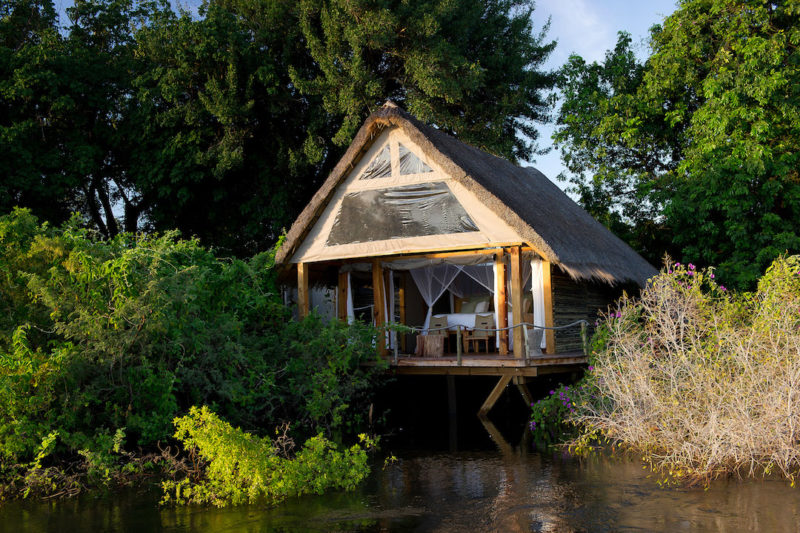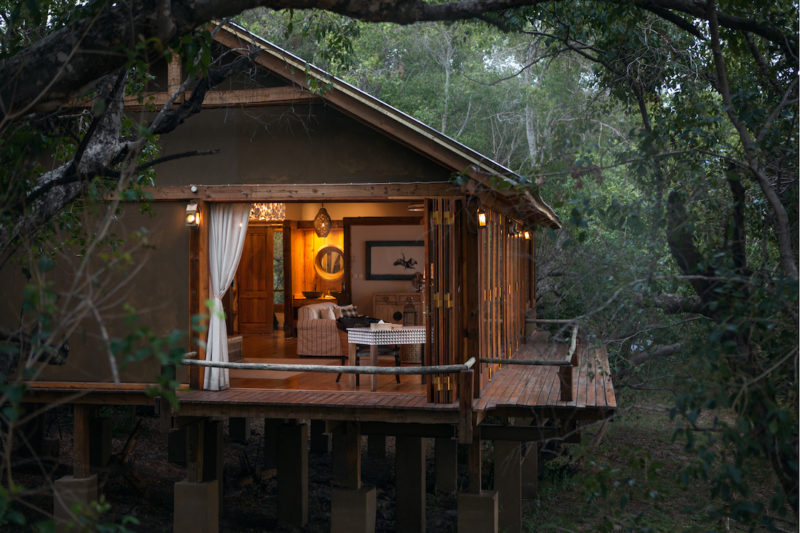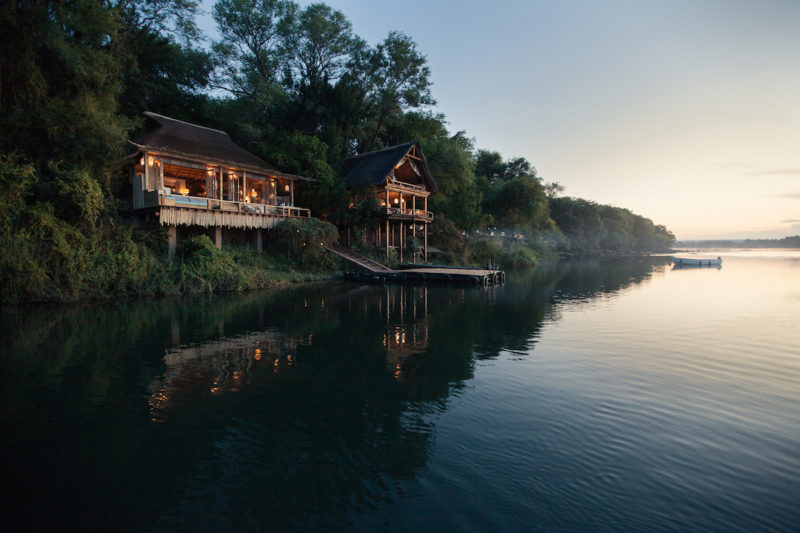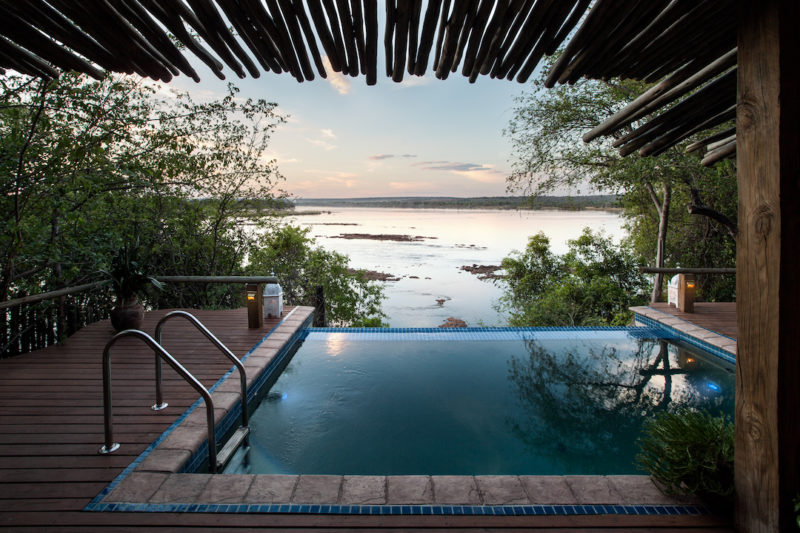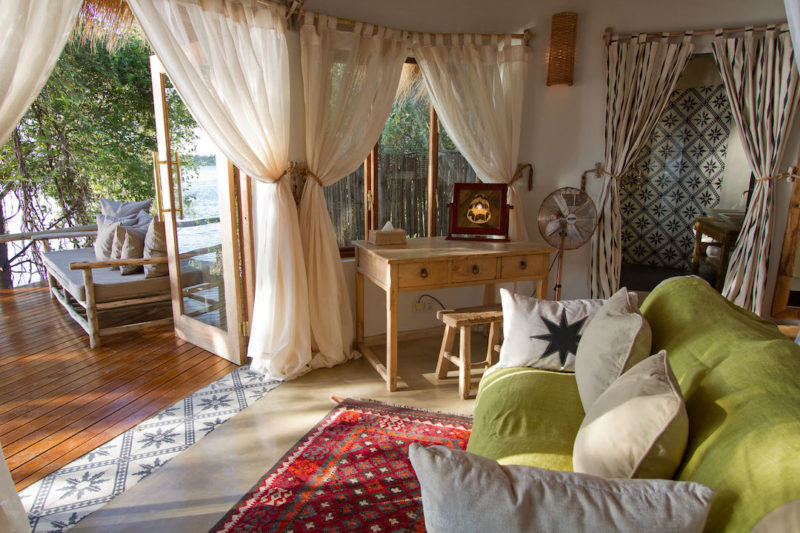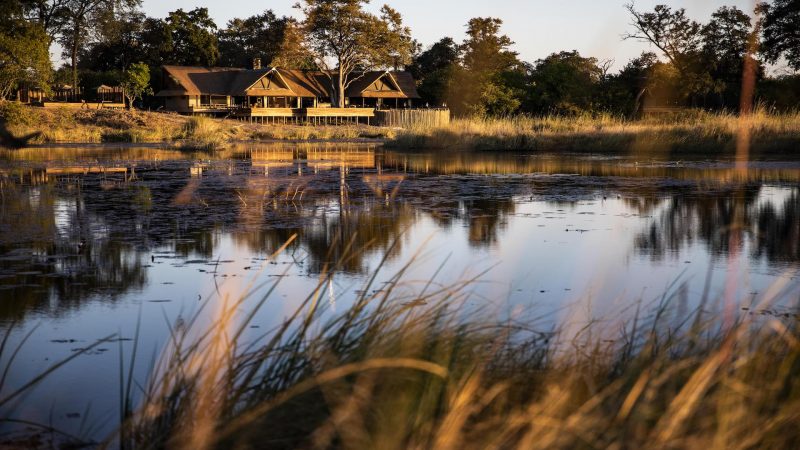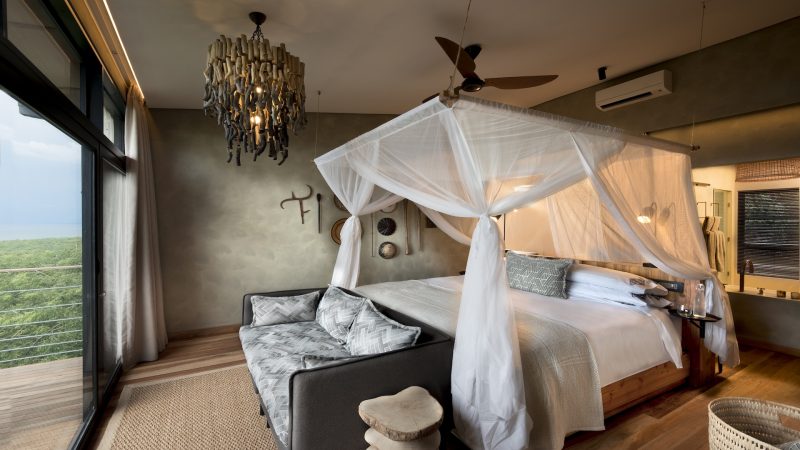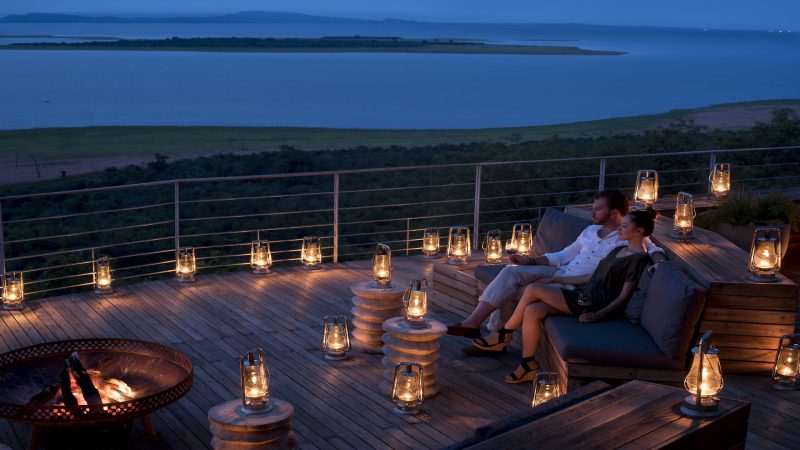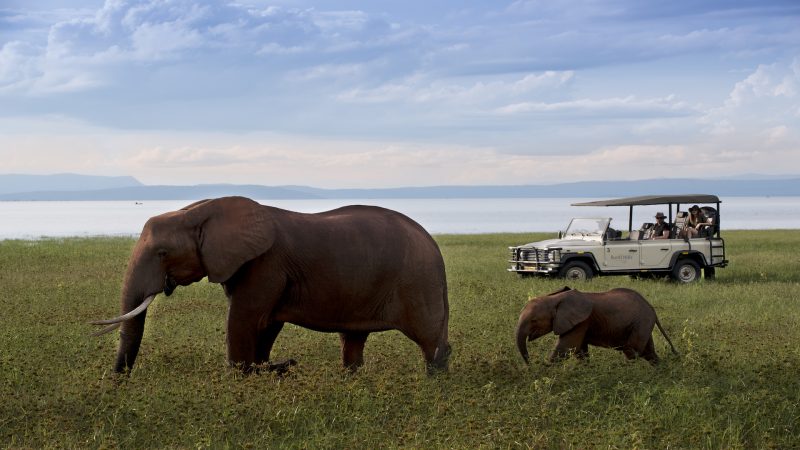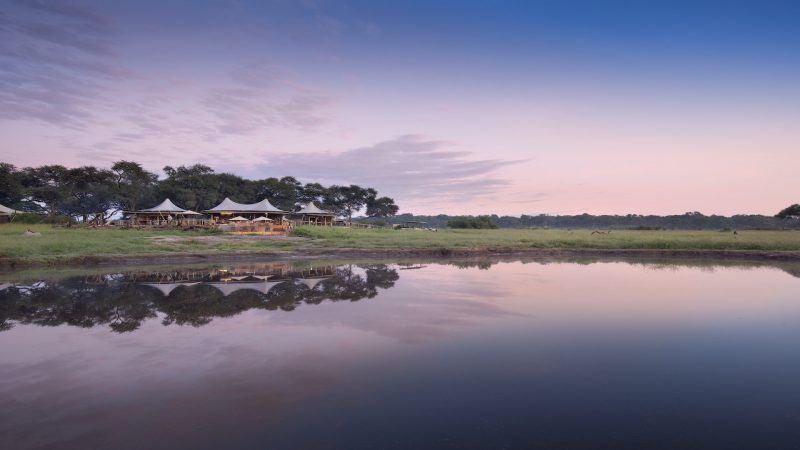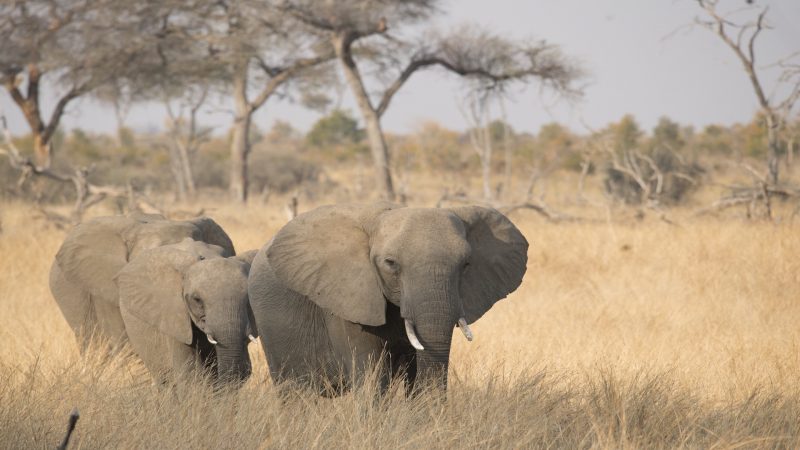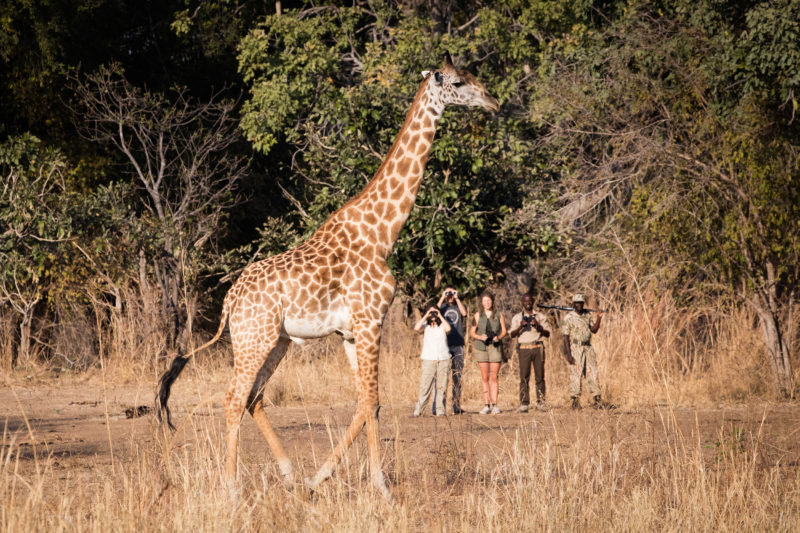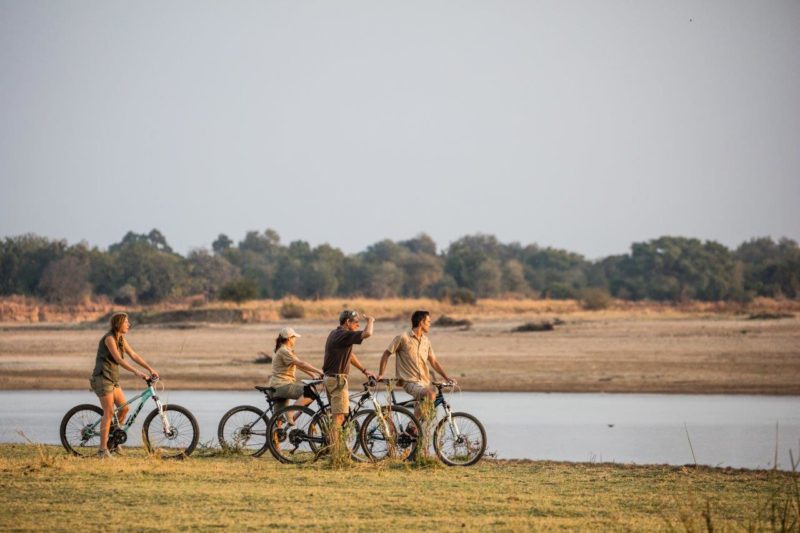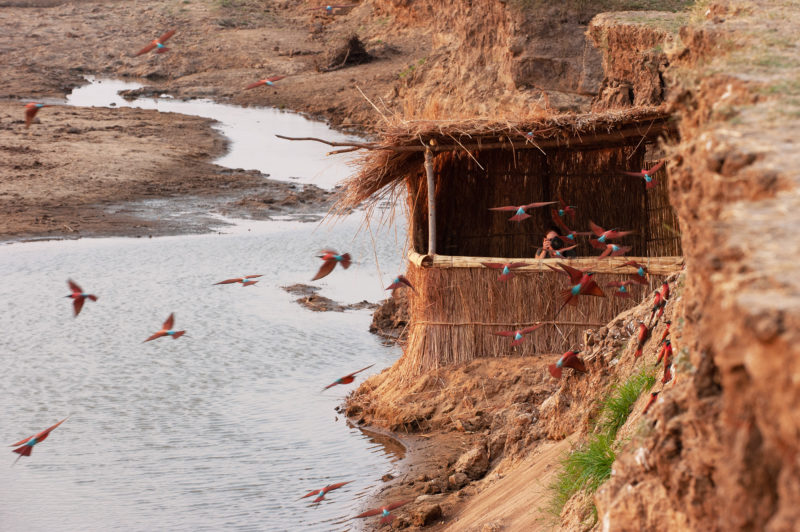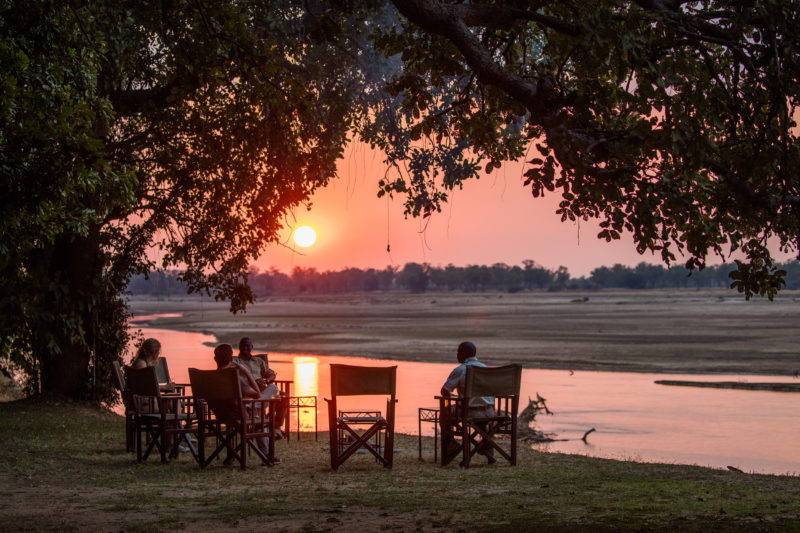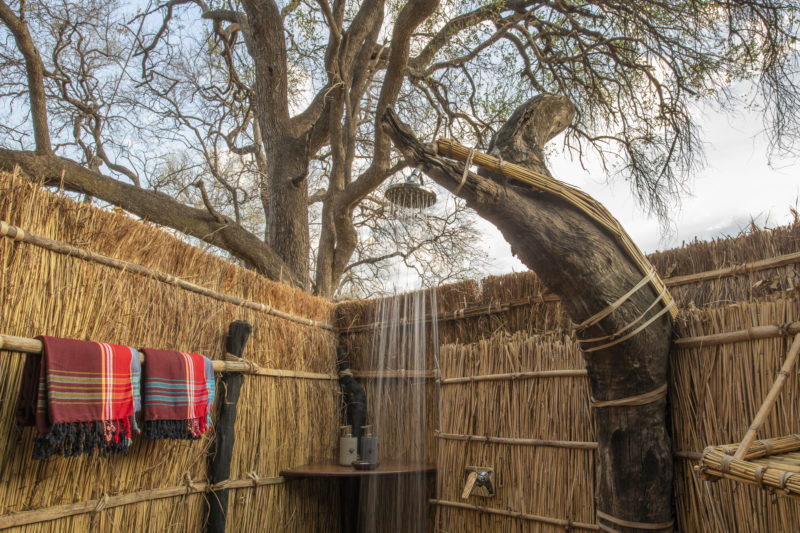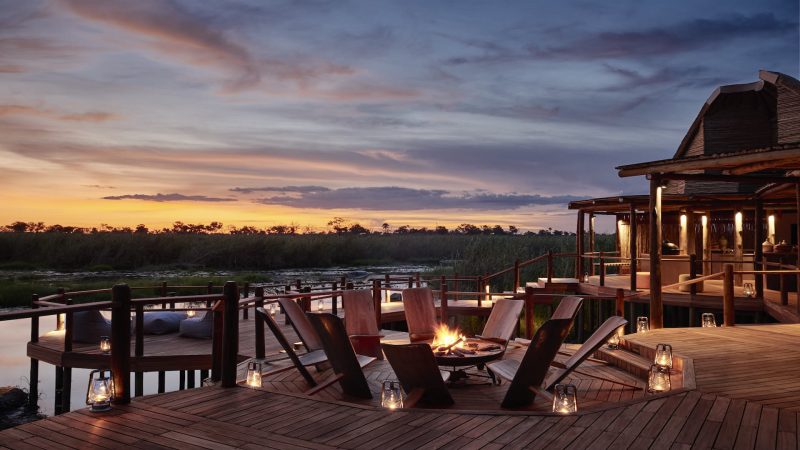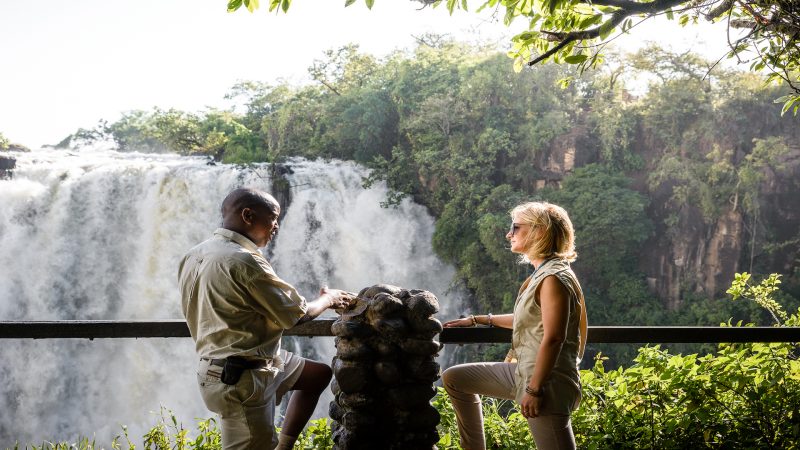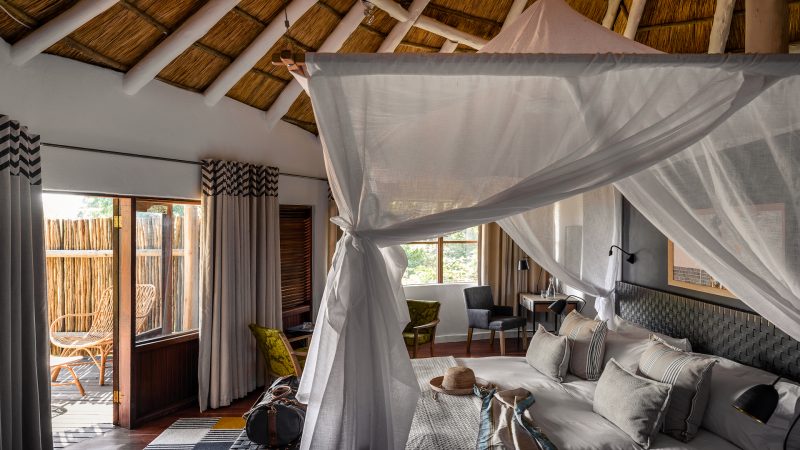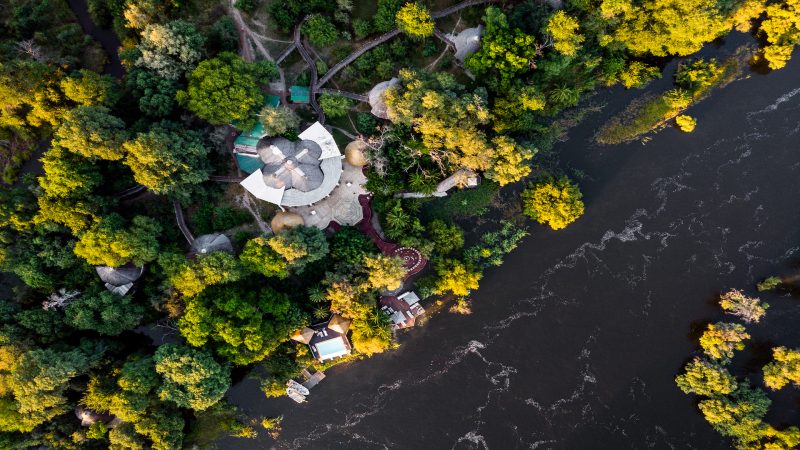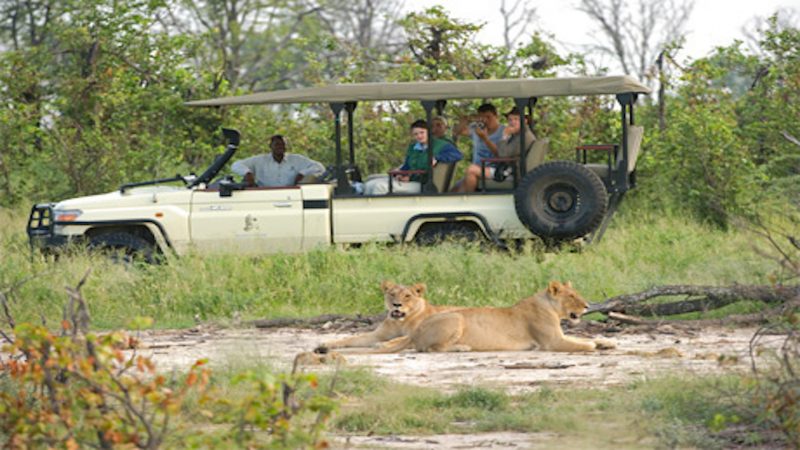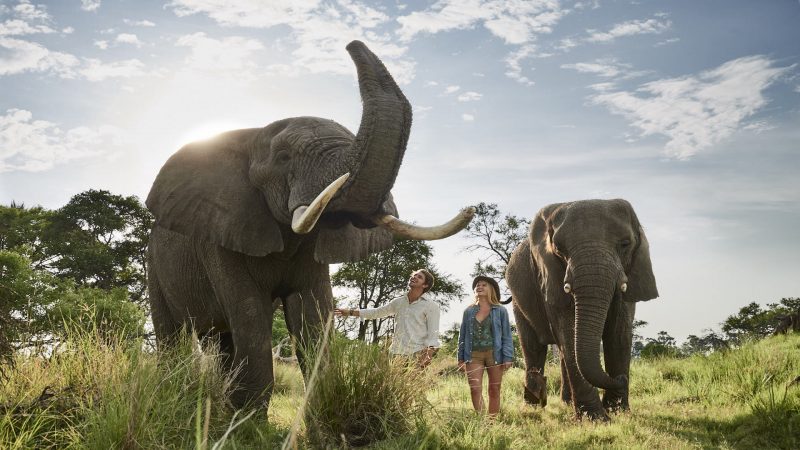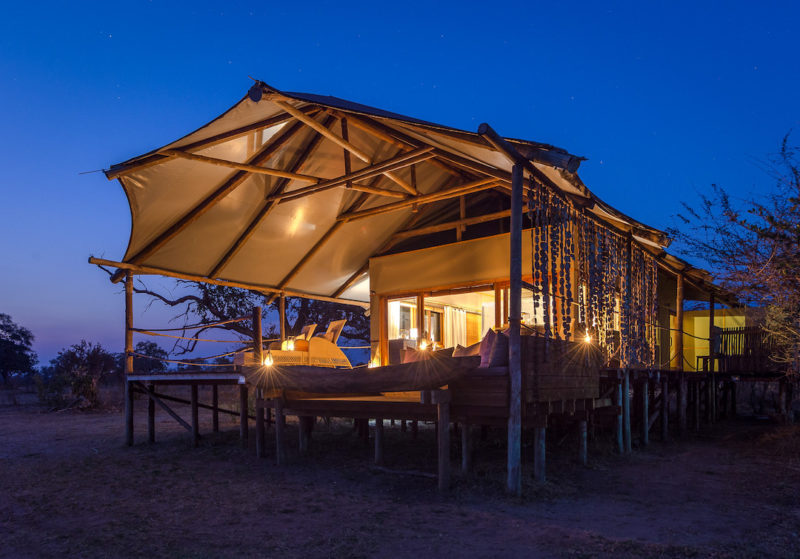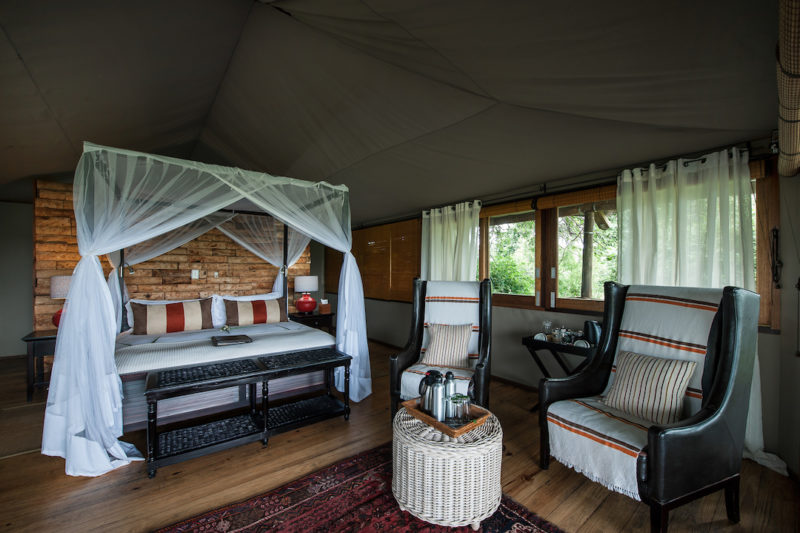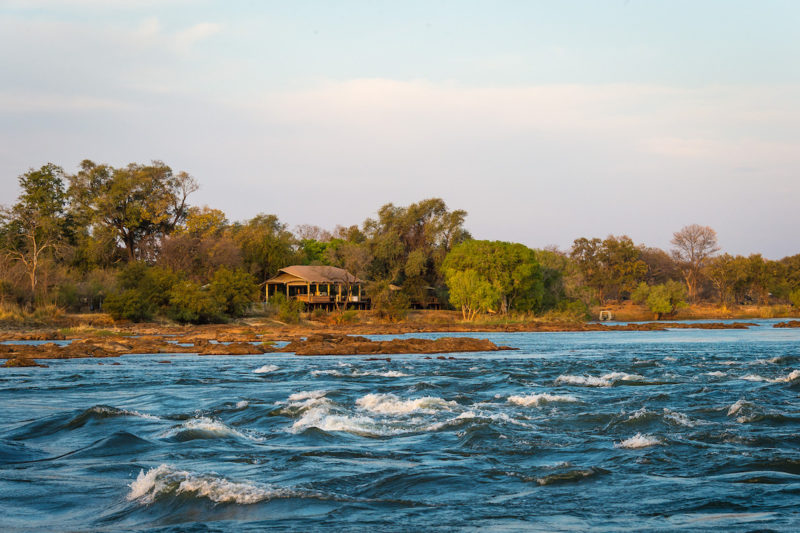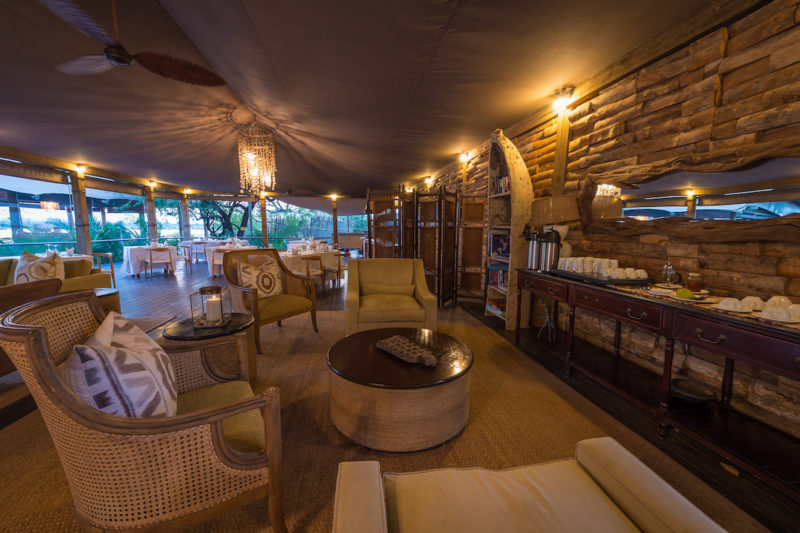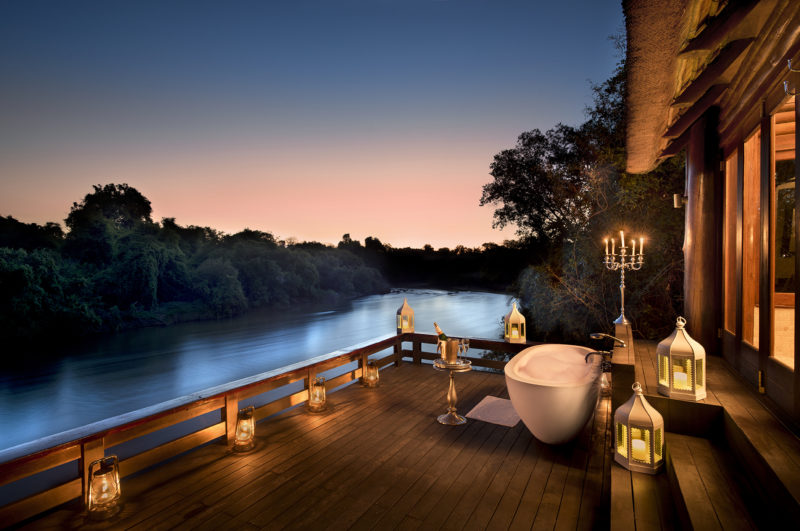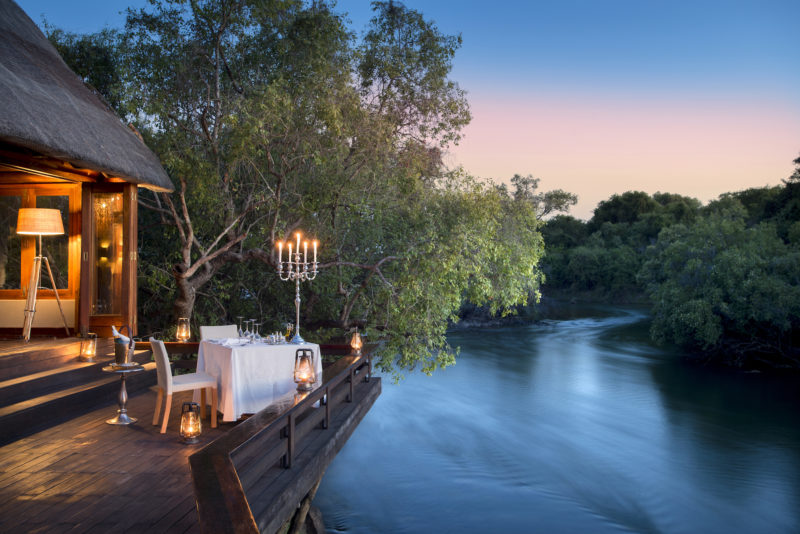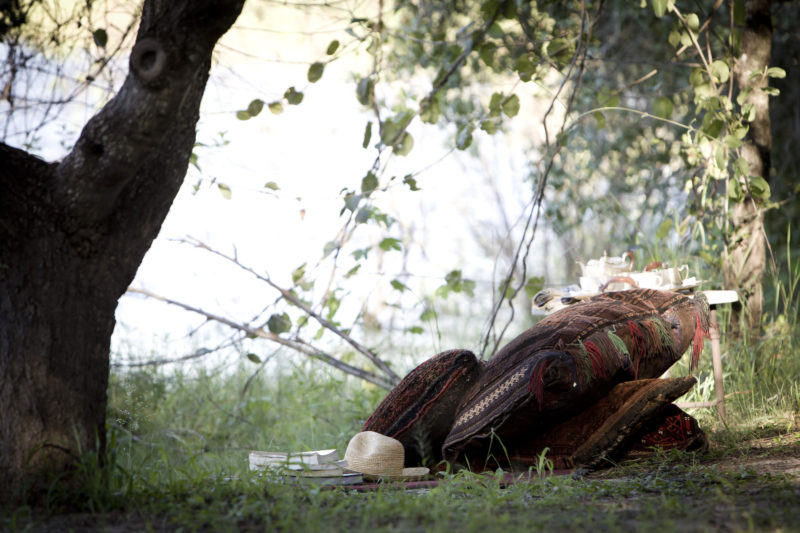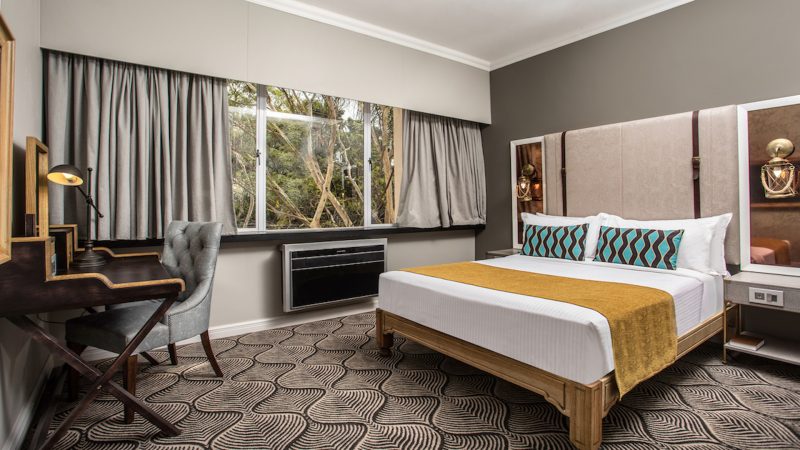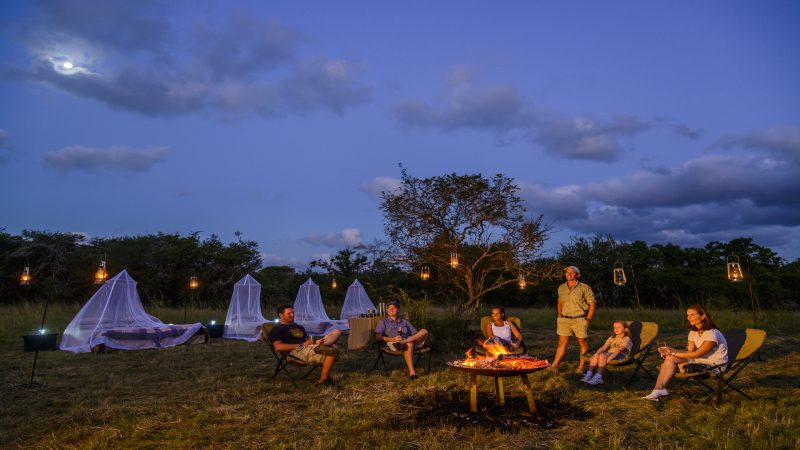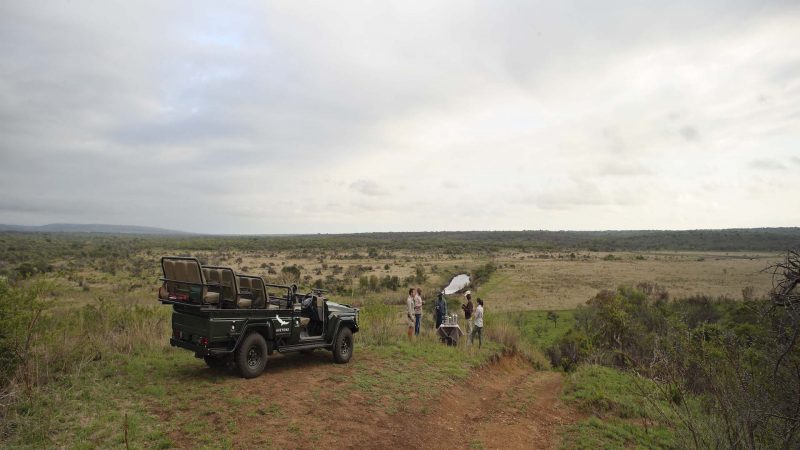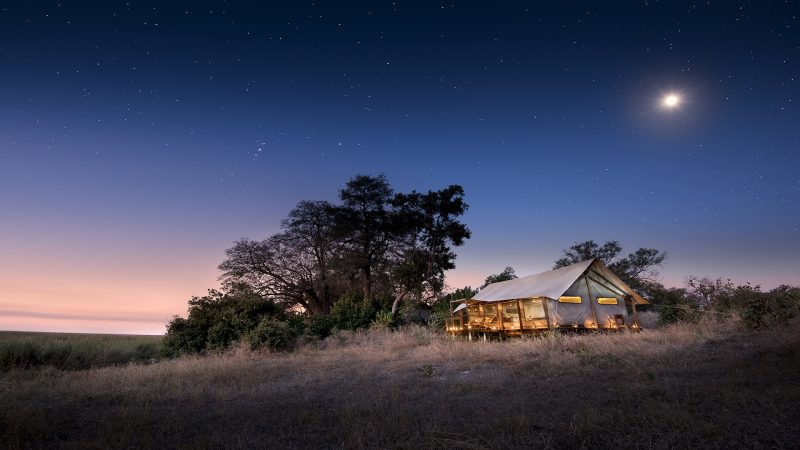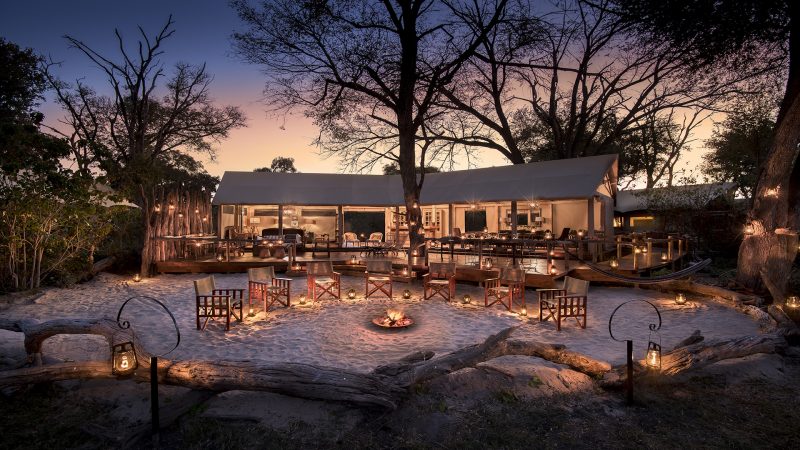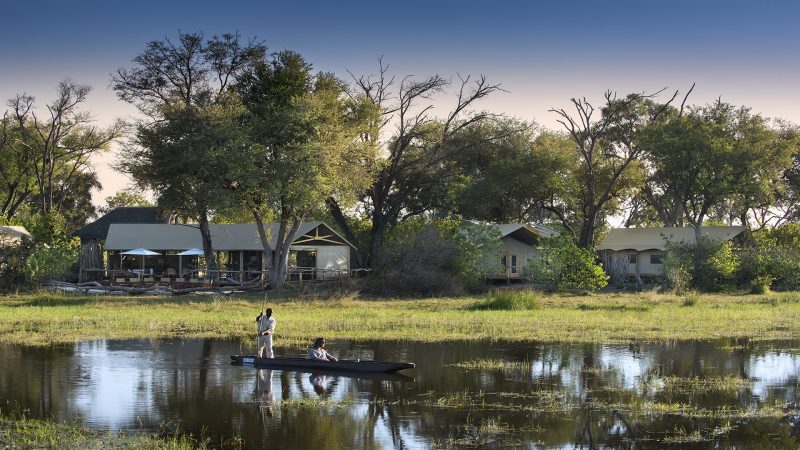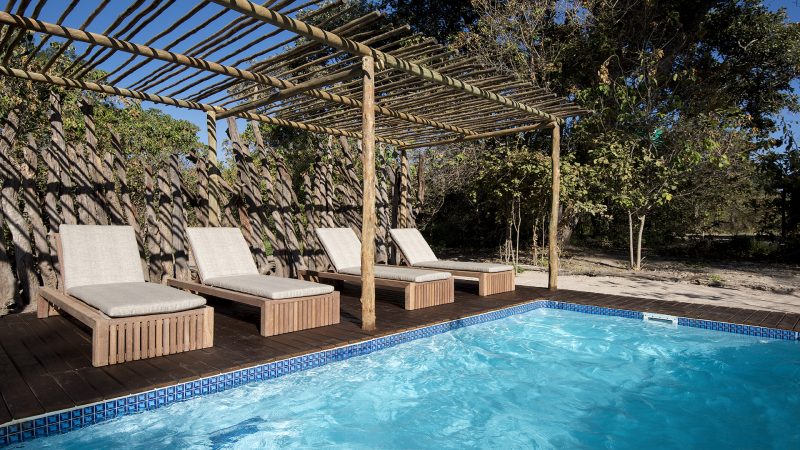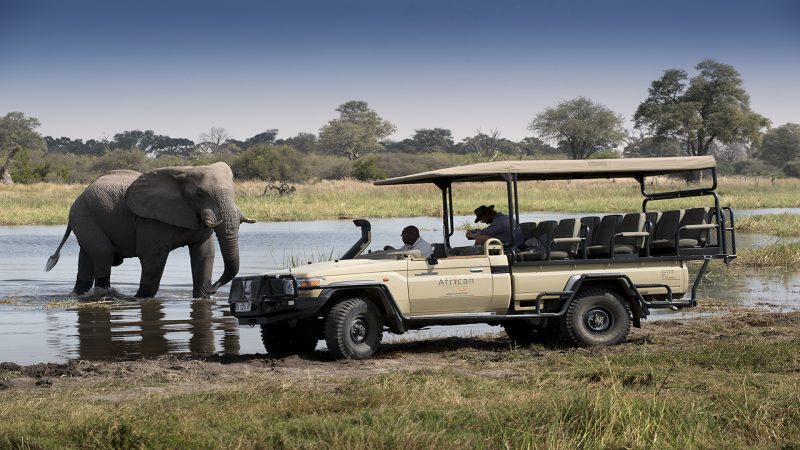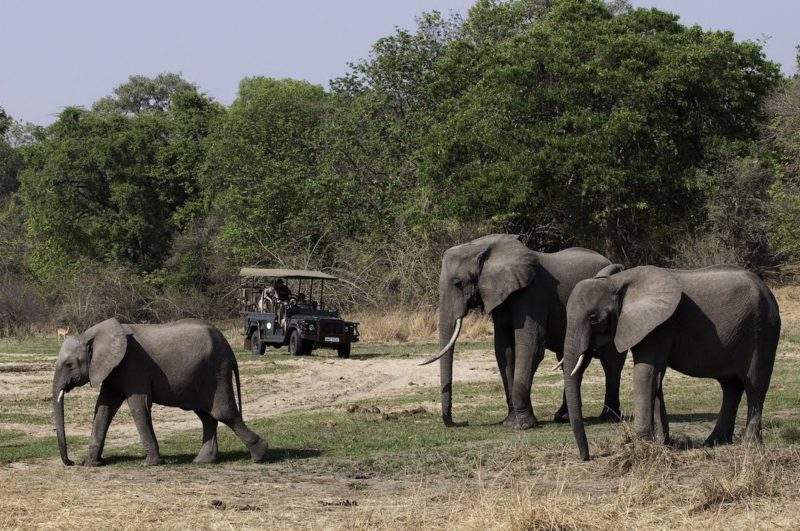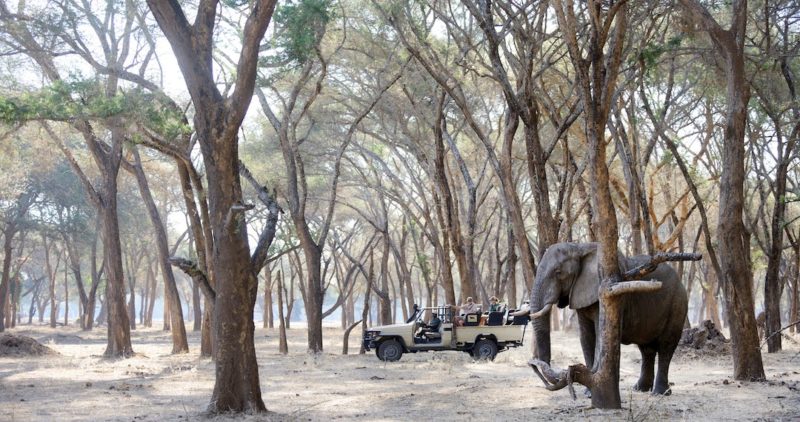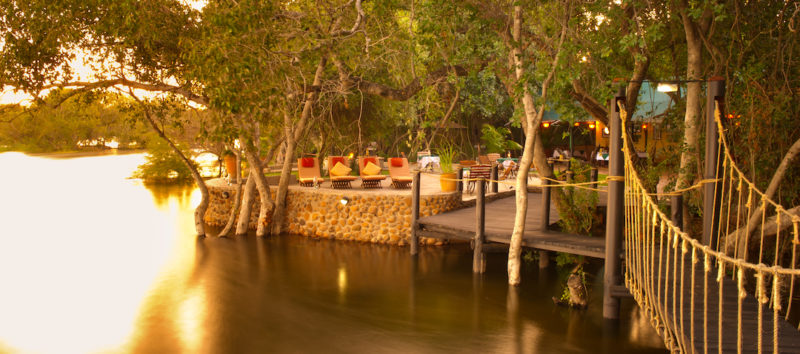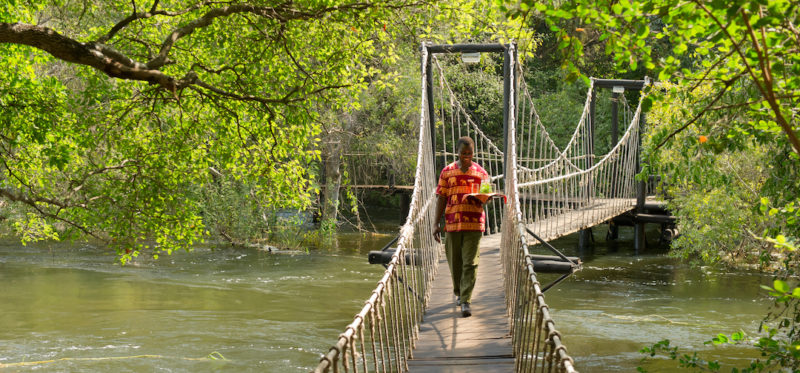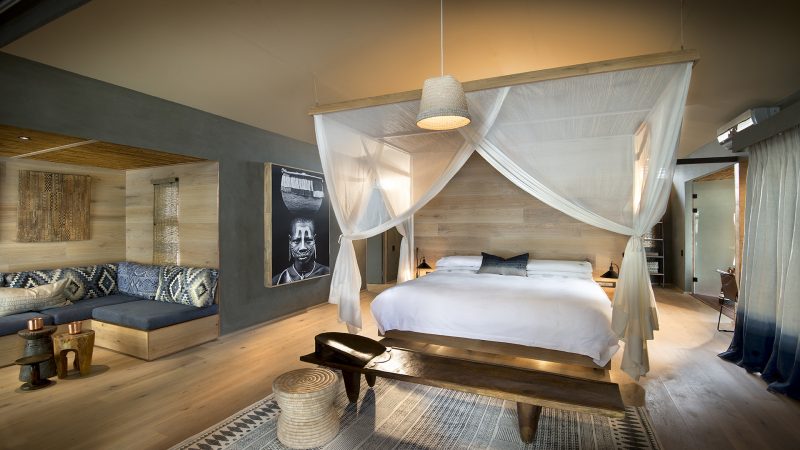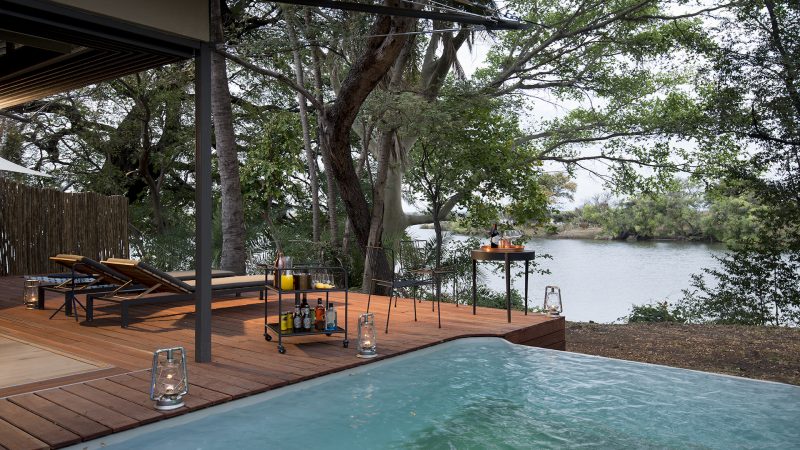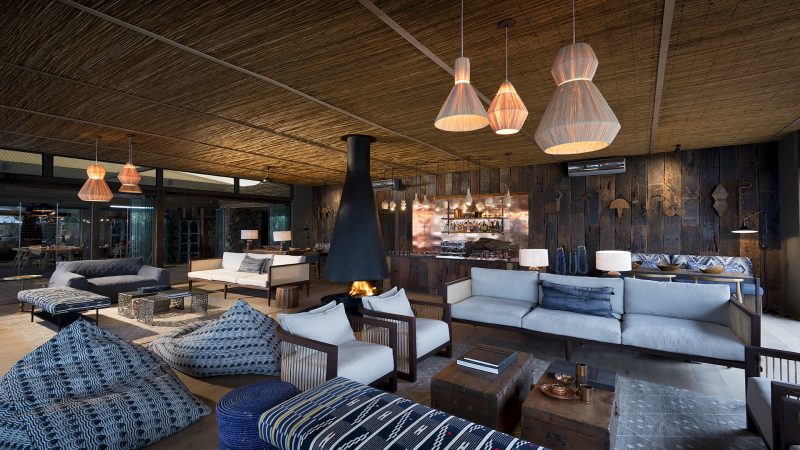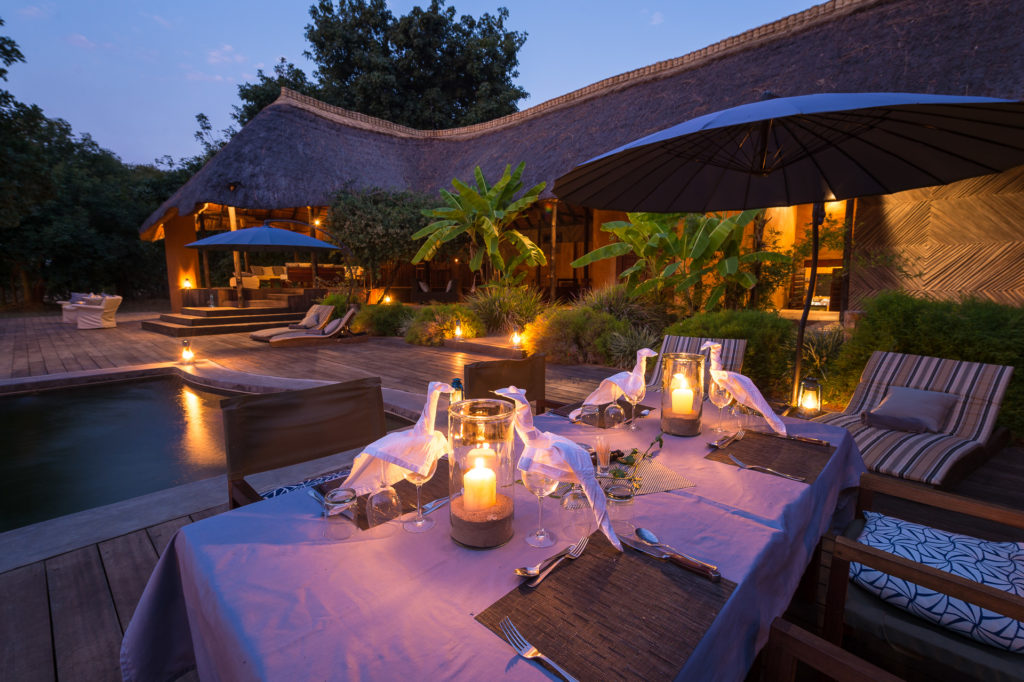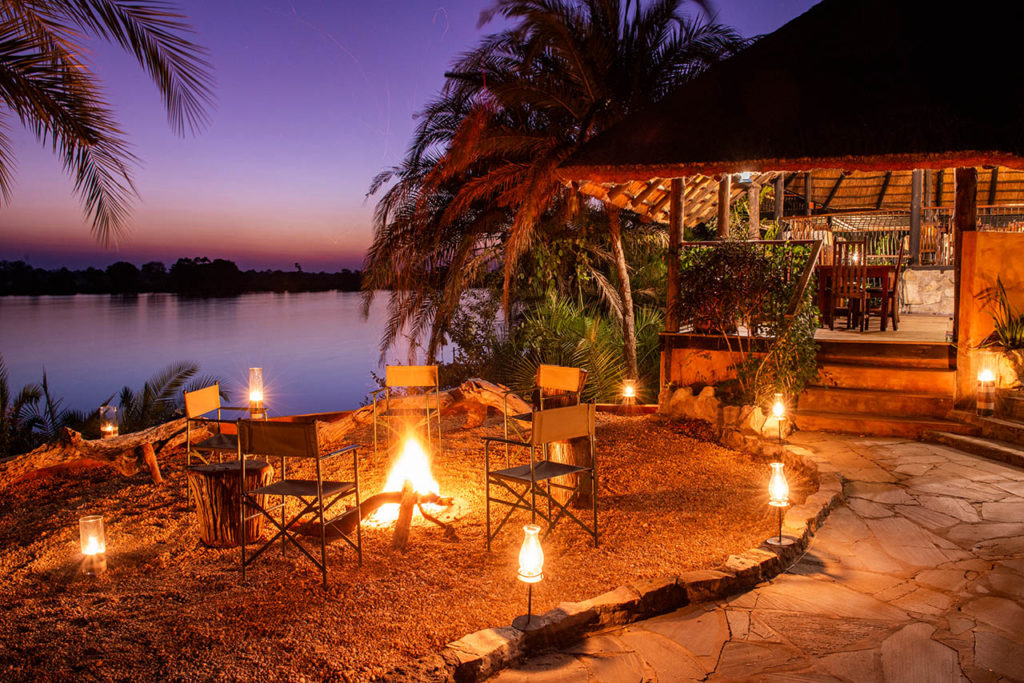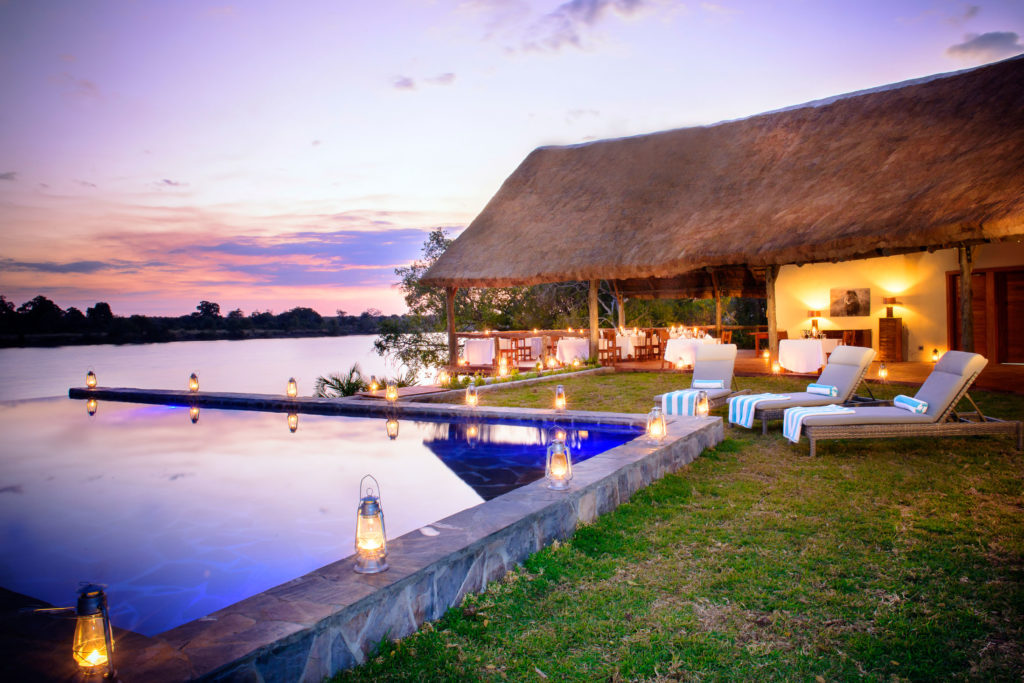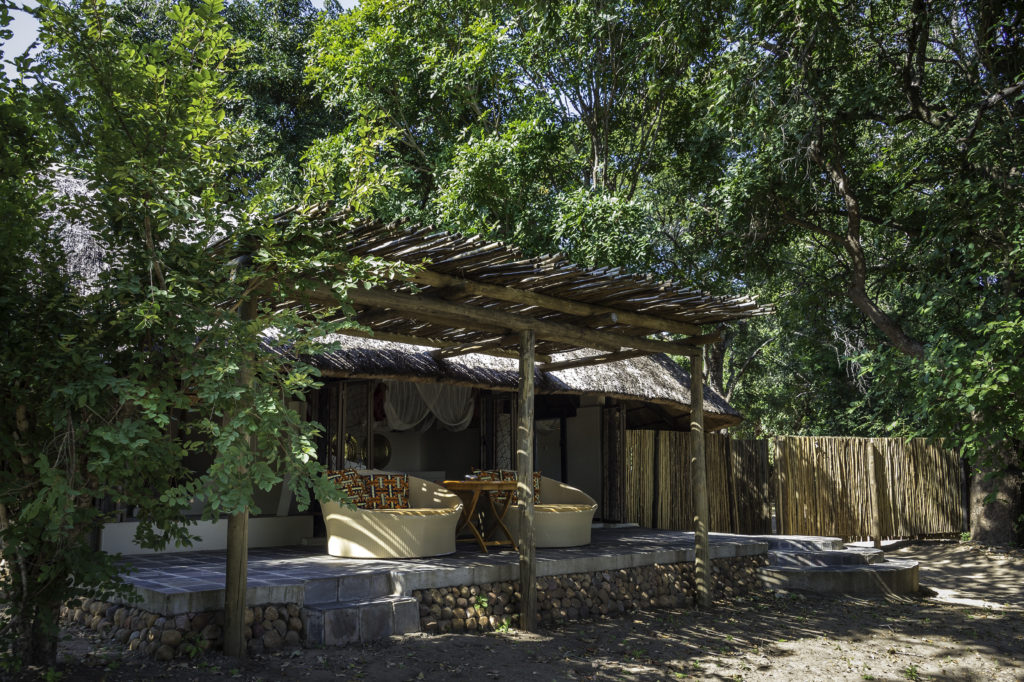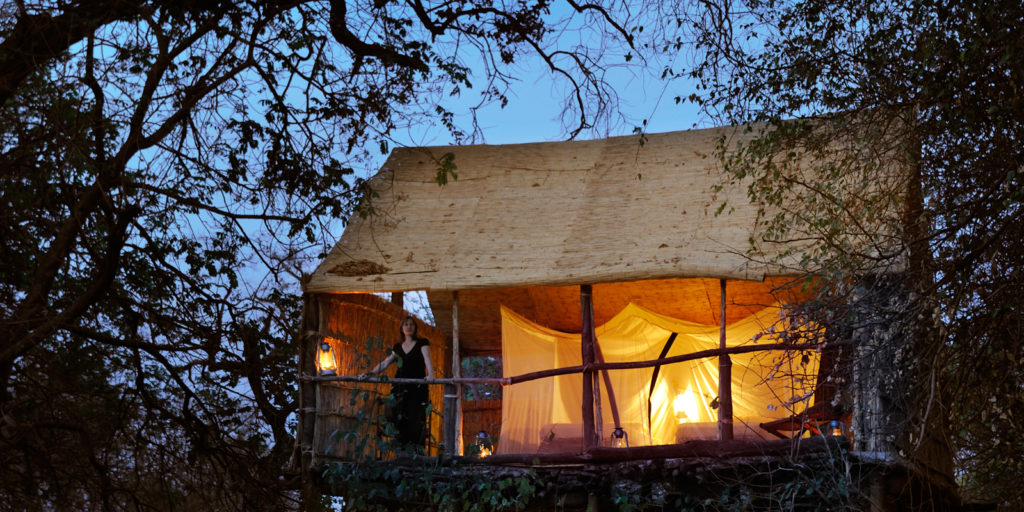Quick Facts
| Name | Republic of Zambia |
| Population | 16,212,000 |
| Capital | Lusaka |
| Language | English, Bemba, Nyanja |
| Currency | Kwacha (ZMW) |
| Time Zone | CAT (UTC +2) |
| Flag |
|
Climate
Though it can be hot in the lower valleys, much of the land lies across high plateaus where weather can be easier for first timers to the african heat.
Zambia is known as a land of three seasons that fall broadly into these three periods:
Rainy season (December–April): During these months it is warm and wet, with temperatures in Lusaka generally in the low 20s°C. Most yearly rainfall occurs at this time. But sunshine is still frequent – Lusaka sees around five hours per day in January.
Cool dry season (May–August): In the middle months of the year, temperatures drop, averaging around 16°C in Lusaka. July is usually the coldest month, with clear skies at night giving the occasional ground frost, even in the valleys.
Hot dry season (Sept–November): Just two months separate the coldest month (July), from the hottest (October) as temperatures rise rapidly and reach into the 30s°C. High humidity can make this one of the least comfortable times of the year. The first rains clear the air and wash away the dust.
Culture
Following the arrival of missionaries in the 1800s, Zambia was influenced to be predominantly Christian, so Easter and Christmas holidays are celebrated. But many people also retain more cultural beliefs and customs.
Traditional ceremonies are held annually in various regions. Some mark when children become adults or commemorate a season, for example Shimuenga gives thanks for the safe delivery of crops and livestock. Others mark an historical event – Umutomboko celebrates the Lunda’s conquering of the west.
But perhaps the most famous traditional ceremony is the Kuomboka, This ceremony dates back more than 300 years when the Lozi people first settled in the upper regions of the Zambezi. In this event, the Lozi people make their way in boats along the Zambezi for a ceremonial trip away from the annual floods. Kuomboka literally means ‘to get out of the water onto dry ground’. The Litunga (king) and his family lead the procession in a barge with white-dressed paddlers.
As in many countries, sport is hugely important. Football is the country’s main passion and Zambians were ecstatic when their team won the 2012 Africa Cup of Nations. This win was very moving due to a national tragedy years earlier where its national team was killed in an airplane accident.
Gastronomy
For many Zambians, the staple food is maize/corn. The local cuisine is based on nshima, a stiff porridge made from ground maize. Other local dishes include ifisashi (green vegetables in peanut sauce) and samp (a crushed maize and bean dish).
If you’re brave enough, Insects such as grasshoppers, caterpillars, cicadas and flying ants are considered delicacies in Zambia. In fact during the rainy season, Zambians look forward to the once-a-year feast of fried termites.
Many meat dishes are available in stir fried form such as stir fried beef, pork, chicken and even fish. Stir fried vegetables seem popular too. Other foods like spaghetti, sandwiches and kebabs are becoming more common to find here, and even fried chips, chicken and sausages are becoming a common fast-food.
Transportation
Buses/coaches provide transport between the major towns and minibuses or taxis (usually painted blue) offer local rides. For travelling cross-country, a 4×4 vehicle is a must. Roads can be heavily potholed and fewer than half are tarred or gravelled. As in many new countries, tourists must be wary about being overcharged. If in doubt, always confirm the price beforehand or ask that the taximeter be switched on to avoid overcharging.

